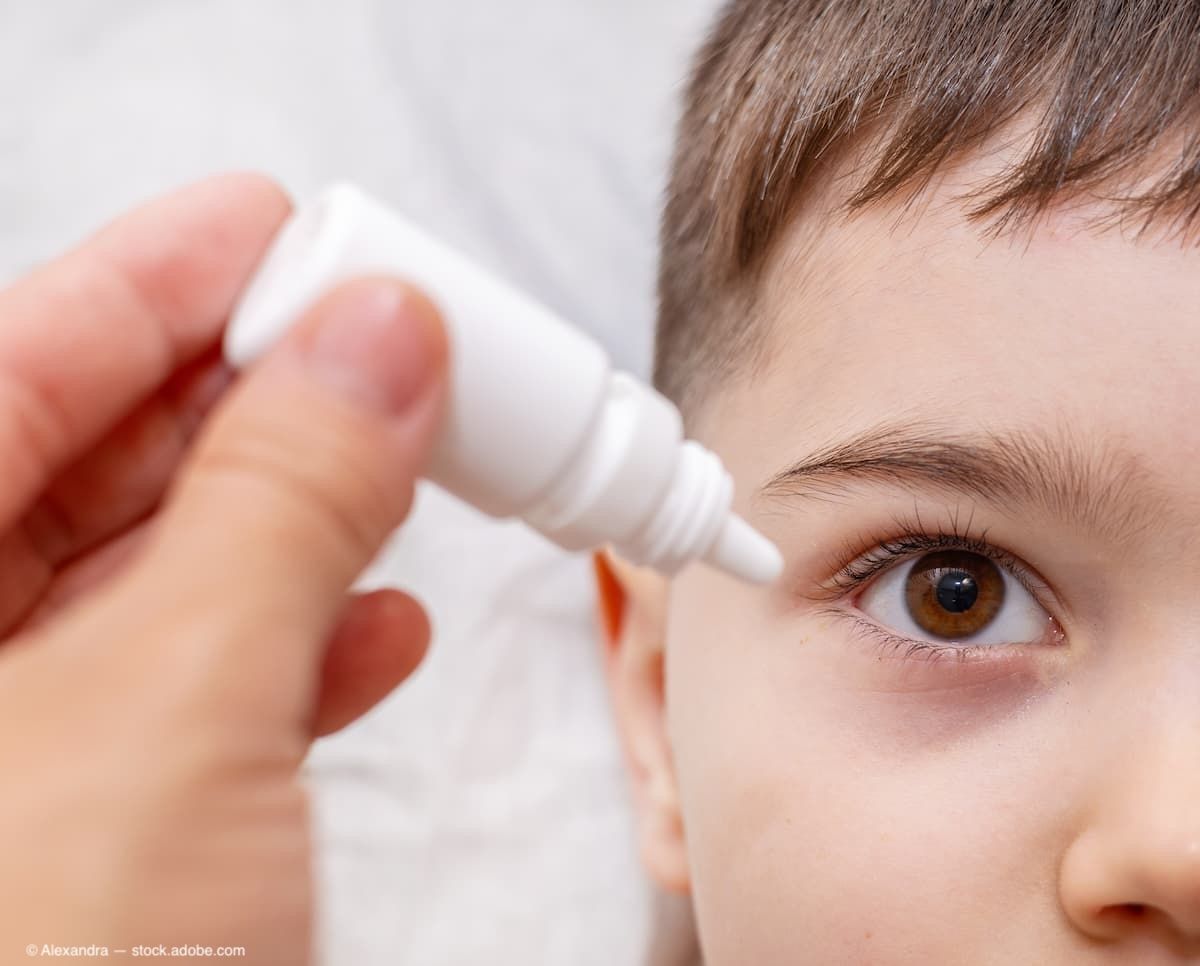Article
FDA panel: One bottle, one eye
A single bottle of anti-inflammatory eye drops cannot be labeled for use in two eyes postoperatively, voted the FDA's Dermatologic and Ophthalmic Drugs Advisory Committee at a Feb. 27 meeting.
Silver Spring, MD-A single bottle of anti-inflammatory eye drops cannot be labeled for use in two eyes postoperatively, voted the FDA’s Dermatologic and Ophthalmic Drugs Advisory Committee at a Feb. 27 meeting.
The federal agency does not have to follow the advice of its advisory panels, but it frequently does.
Wiley A. Chambers, MD, deputy director of the division of transplant and ophthalmology products of the FDA’s Center for Drug Evaluation and Research, cited several studies in a PowerPoint presentation prepared for the meeting. One of them was a study by Amy L. Hennessy, MD, and colleagues in which 33% of patients with glaucoma and 47% of patients with retinal disease touched the bottle tip to the ocular surface when they instilled eye drops.
Current labeling of some ophthalmic steroids and nonsteroidal anti-inflammatory drugs states that touching the dropper tip to the eye or surrounding structures may contaminate the tip or the suspension, leading to bacterial infections that seriously damage the eye and subsequently cause vision loss, according to the presentation. Using the same bottle to treat both eyes could spread the infection from one eye to the other.
Also making a presentation at the meeting were representatives from ISTA Pharmaceuticals, which makes bromfenac ophthalmic solution 0.09% (Bromday) for the treatment of postoperative inflammation and reduction of ocular pain for patients who have undergone cataract surgery. The company had requested approval to increase the fill volume in its bottles to allow them to be used in two eyes following operations.
For more articles in this issue of Ophthalmology Times eReport, click here.
Newsletter
Don’t miss out—get Ophthalmology Times updates on the latest clinical advancements and expert interviews, straight to your inbox.




